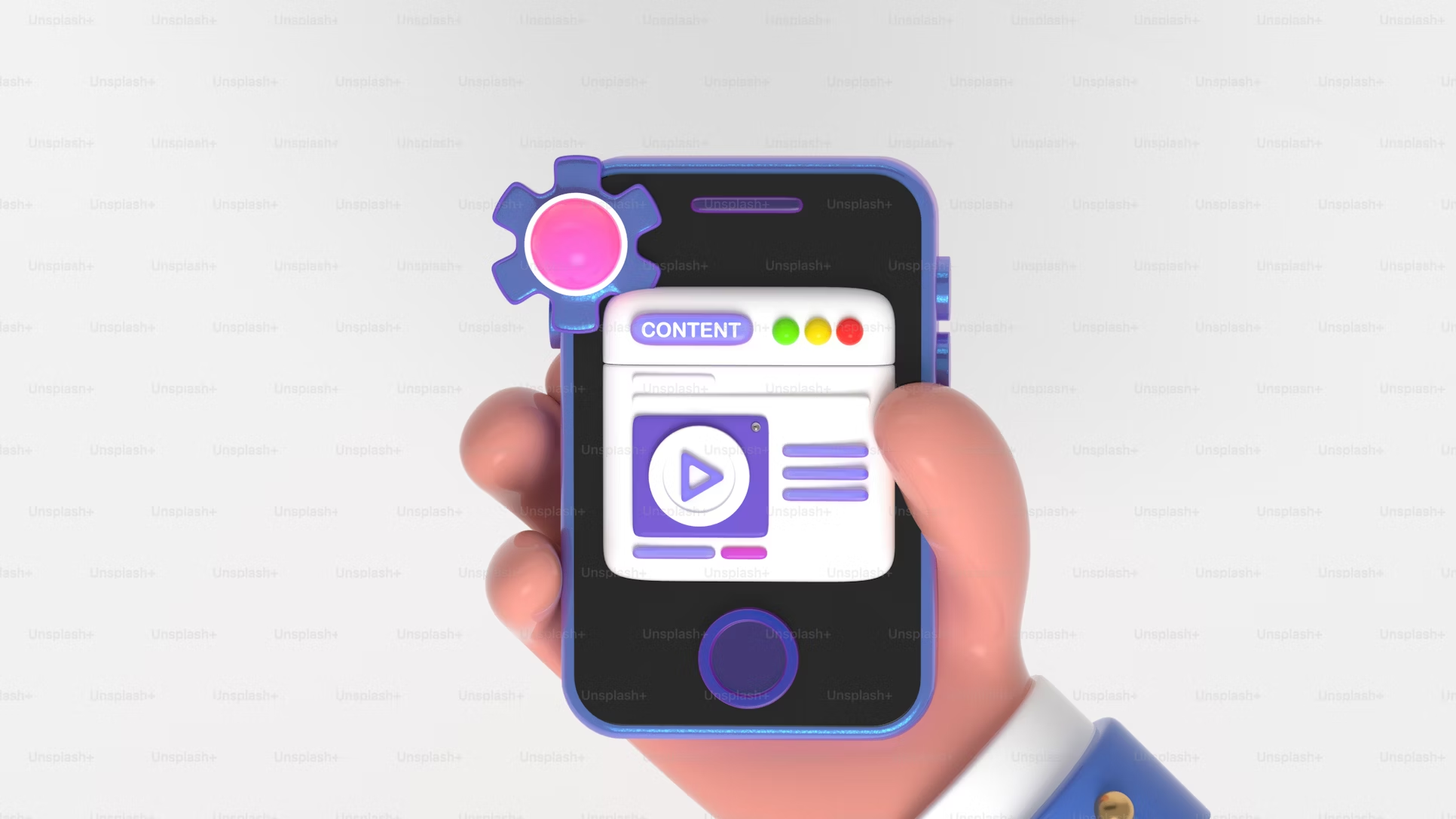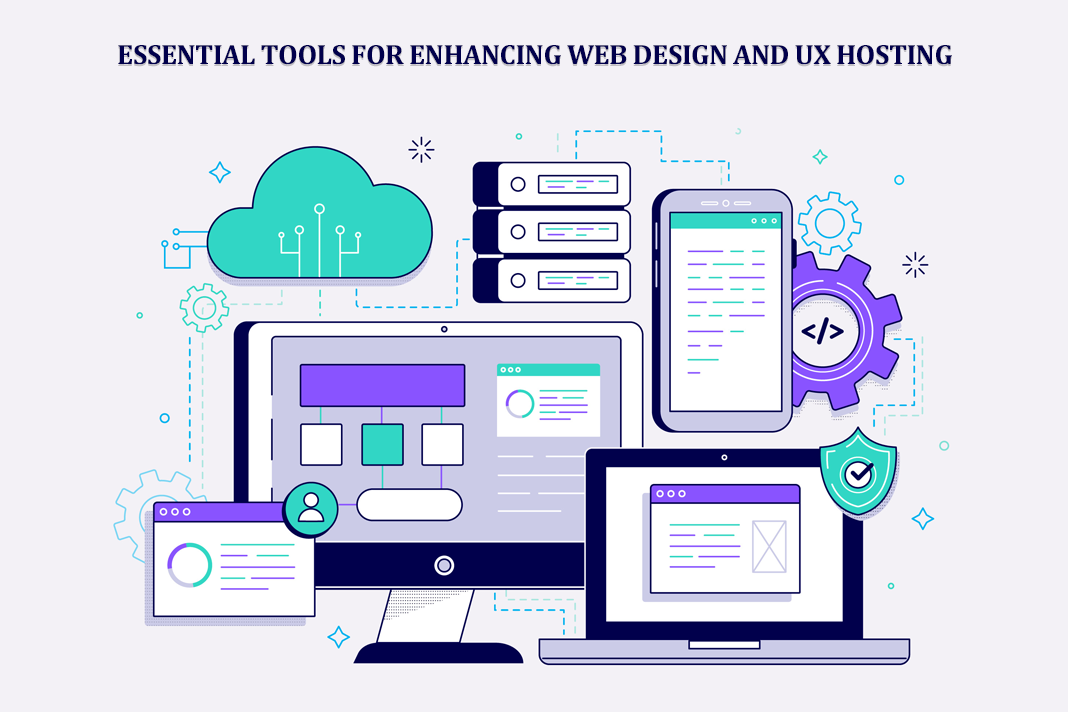On-demand Mobile App Marketing: What Marketers Should Follow for a Successful Marketing Campaign?
Hey! Nowadays, the first milestone of almost every business is to have a mobile app. As the number of smartphone users never shows a dip, mobile app development has become the only way to gain quick reach among people. So, if you are all set to launch your mobile app (be it any type), this blog helps you with the ways to market your mobile app among your target users.
Quick Links
Work on the app’s landing page and blogs
You must definitely work on the app’s landing page that should contain every detail about the app that the users will expect. The blog can contain visual elements like screenshots, infographics, etc. Again, curating a blog on your app is a great way to lure users. Through blogs, you can directly educate the users. The blog can contain information about the features, step-by-step instructions on the app usage. Also, make sure that you keep the content of the blog crisp.
Optimization (App Store and Google Play Store)
Having an optimized App Store and Google Play Store will help you in bringing leads to your app. Similar to SEO, App Store Optimization (ASO) is a way to improve the app’s visibility in App Store and Google Play Store.
To make your mobile app, App Store Optimized, you need to identify the keywords that will help users land on to your app on the Play Store. It is essential to add the app’s description and also screenshots of your app. On the whole, the ultimate purpose of using App Store Optimization is to bring organic traffic to your app.
Social media marketing
Social media channels are one of the best ways to promote your app. As we all know that, people spend more time on different social media platforms, and it is easy to gain traction. Here, the key is finding the right social media channel to promote your app. For example, if you are developing a video editing tool, then it will be optimal to promote the app on YouTube. Because content creators on YouTube will definitely need editing software. Likewise, you need to prioritize the type of social media platform in which you want to showcase your app.
Email marketing
One of the main methods of targeting users is through email marketing. Companies spend most of their time identifying the target audience through email marketing. Interestingly, through email marketing, you can understand the customer’s behaviour.
For example, after sending an email, you can track whether the user has opened the email or not. If the users open the email, then at what time they open the email, whether they head to the call to action or not, and much such information can be collected through email marketing.
Most importantly, based on this information, you can segregate the customers, personalize your emails and target them accordingly. Currently, there are many email marketing tools available, and you can try your best through any of the tools.
Work on the user’s feedback
You must pay heed to the feedback given by the users and constantly work on improving it. Initially, you can launch the Minimum Viable Product that will let you gather the feedback of the users. MVP is more of a lifecycle that constitutes different stages. In each stage, you will add some features and finally develop a full-fledged on-demand app.
Influencer marketing
We all know about impulsive buying behaviour. Whenever we visit a shop, we have that inner urge to buy almost everything we see. Likewise, influencer marketing is to create an urge among users to try out the product or service.
In general, influencer marketing involves promoting your app through celebrities or influencers who have a large number of followers. The celebrities or influencers will get paid for exposing the app. This way, you can bring leads to your app.
Run paid campaigns
Running paid campaigns is another way to reach out to the users. You can run these paid ads on social media channels, and you can know the actions taken by the users. Through the results obtained from these campaigns, you can measure the reach among users and work on a different strategy in case you fail to achieve the expected results.
Track your KPIs (Key Performance Indicators)
The key performance indicators will let you measure the success of your app. Broadly speaking, the key performance indicators will tell you the app’s performance, the user’s in-app activities, etc. Through these details, you can easily know where your app lags and where you need to work. So, measuring the KPIs of your app is highly important as much as the above-said measures.
User retention campaigns
More than acquiring users, retaining them is highly challenging. Yet, you can retain your users by focusing on providing loyal points, referral rewards, the inclusion of new features, frequent updates, etc. These are the ways to keep your users engaged with your app. On the whole, the more the engagement rate, the more will be your revenue.
Pre-launch marketing
As the name itself implies, pre-launch marketing involves promoting your product in various channels even before the app is launched. One of the best and proven ways to lure the target audience is by creating anticipation about the product. According to Google, around 40% of smartphone users find an app by searching it on the Play Store. The rest of them will find the app or get to know about the app through blogs, YouTube, and other social media channels. So, you must never miss out on the pre-launch marketing strategies.
Final thoughts
According to Google, there are around 4 million apps on Google Play Store and Apple App Store. In order to promote your app in the midst of these brimming competition, you need to work on these marketing strategies. As per the latest trend, on-demand mobile apps are fascinating to users. So, you can even consider the launch of an on-demand mobile app. I hope that this curation on mobile marketing will be helpful for you.
Why WooCommerce is the Best Choice for Your Online Store?
WooCommerce stands out as a top option for anyone looking to build an online store. This platform…
0 Comments8 Minutes
How to Use AI-Powered SEO Tools for WordPress eCommerce
SEO is a critical factor in the success of any e-commerce WordPress store. As competition…
0 Comments11 Minutes
Why Short-Form Videos Are the Future of Content Marketing
Your Instagram customers spend over 50% of their time watching short-form videos and reels. Rather…
0 Comments12 Minutes
The Role of Digital Marketing in Business Growth
Online marketing touches every aspect of a business, whether it is initiating the idea or for an…
0 Comments3 Minutes
AI Meets Authenticity: Balancing Automation and Human Touch in Content Marketing
Is your brand starting to sound like a robot? In a world where algorithms write faster than any…
0 Comments8 Minutes
Essential Tools for Enhancing Web Design and UX Hosting
Have you ever visited a website that felt slow, clunky, or confusing? A website that is poorly…
0 Comments11 Minutes
How a Mini Cart Transformed My Store’s Shopping Experience
Okay, real talk—running an online store is hard. You think you’ve got everything figured out, you…
0 Comments9 Minutes
Balancing Your Security Initiatives With Industry Compliance Requirements
Managing a business today comes with a number of daily battles that need to be fought. Resources…
0 Comments11 Minutes








